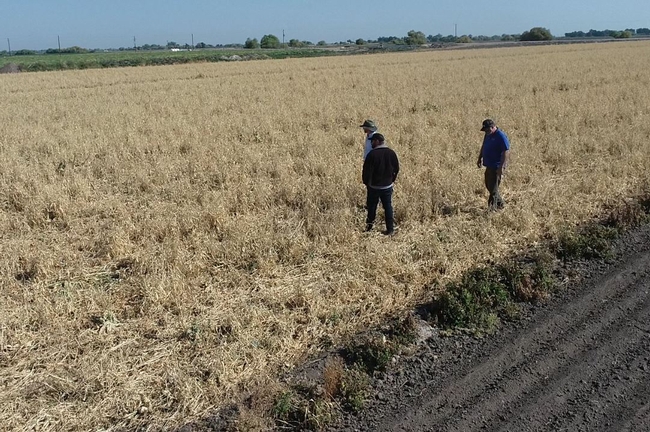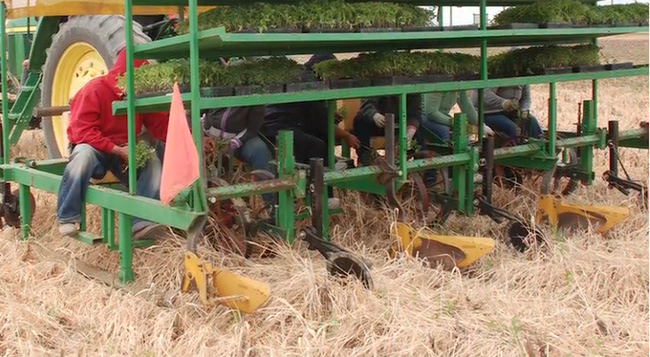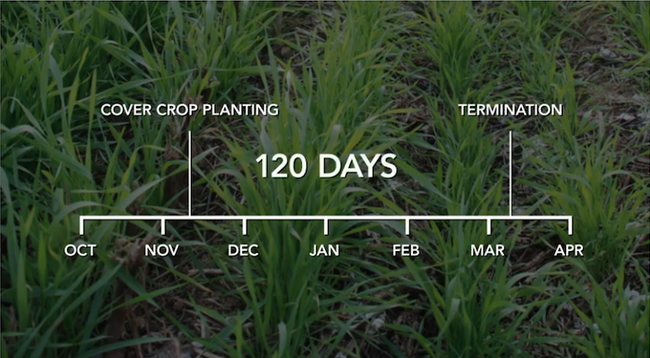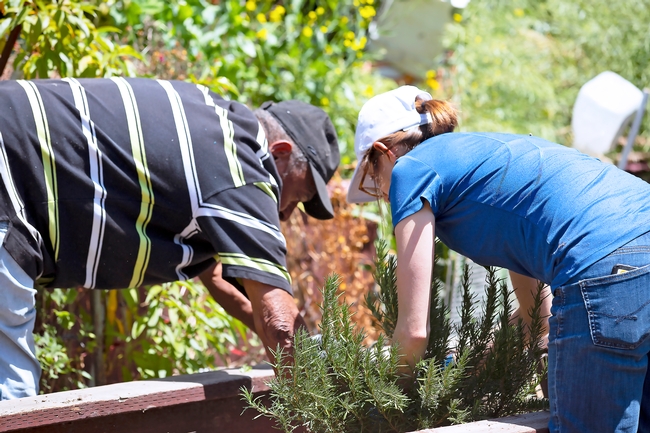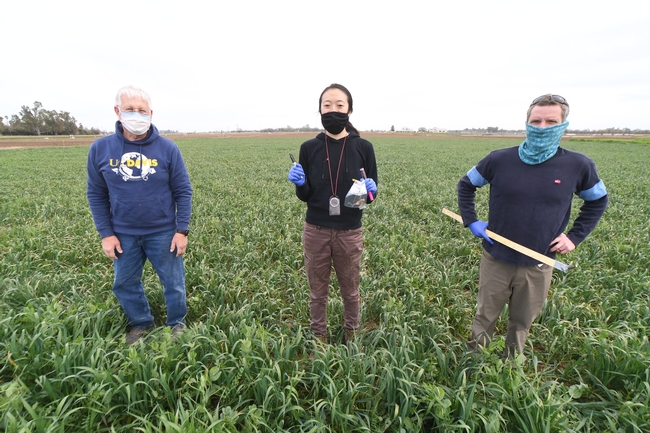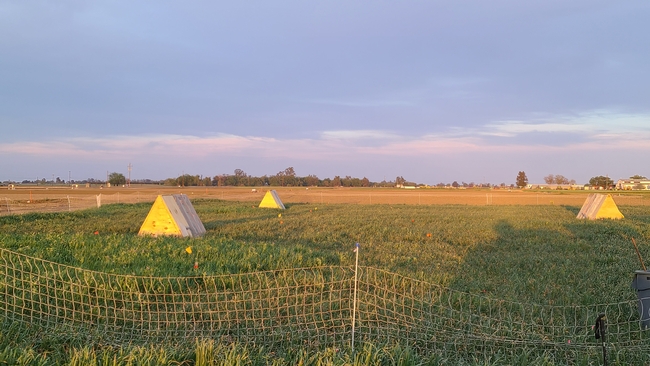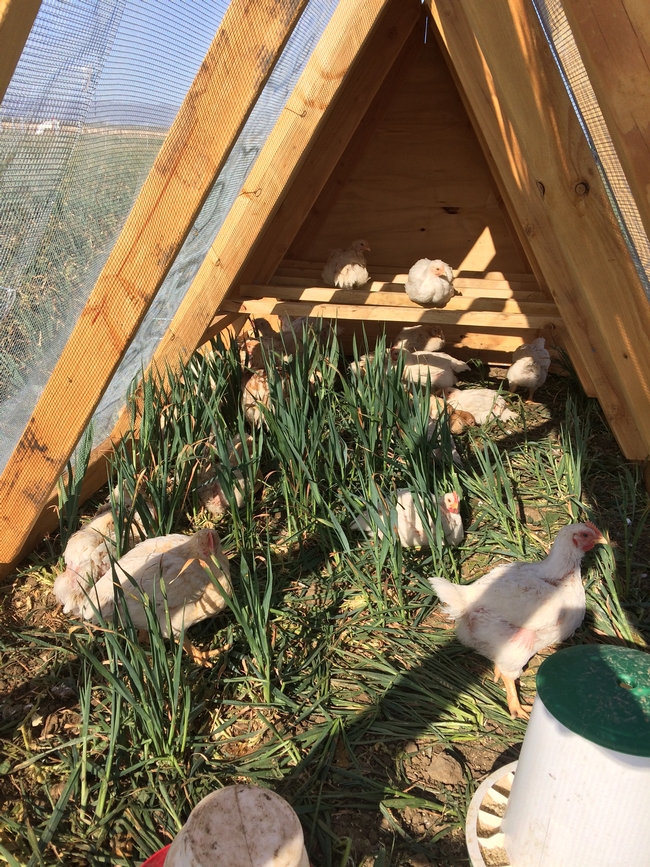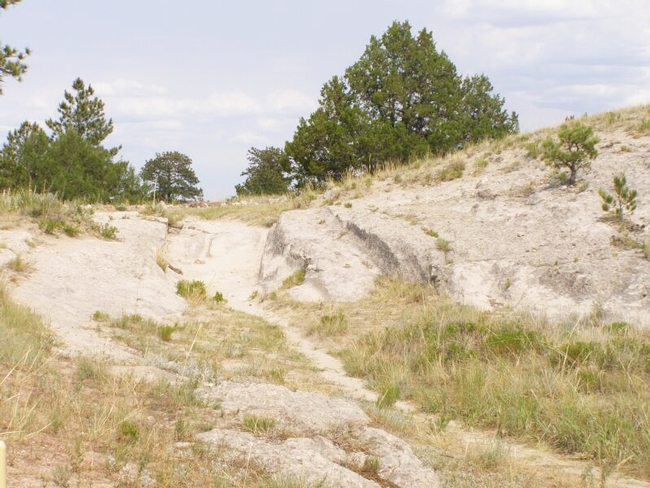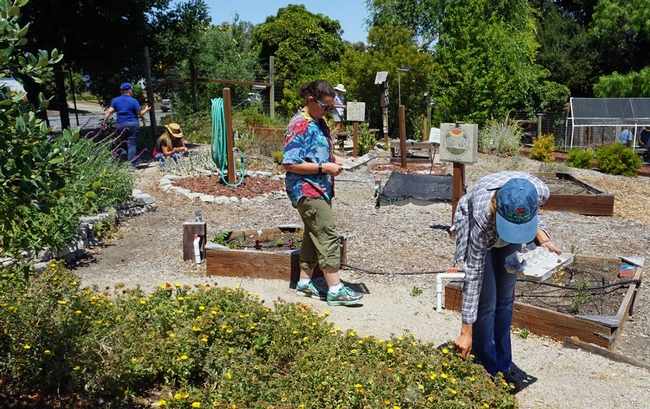Posts Tagged: soil
Soil health in California cotton fields explored in video series
Over a century of growing cotton in California, scientists and farmers have learned how to better manage soil health. To share their collective knowledge, they have produced a series of videos about cultivating better soil health in cotton fields.
At its peak cotton production, California harvested as much as 1.6 million acres of cotton in the late 1970s to early 1980s. Due to water shortages, growers harvested less than 200,000 acres of cotton in 2020.
“Although cotton acreage in California has fallen off in recent years, some rather impressive advances in soil health management in San Joaquin Valley cotton production fields have been achieved in the past couple of years,” said Jeff Mitchell, UC Cooperative Extension specialist, who formed the California Conservation Agriculture Systems Innovation Center with growers and production consultants.
In partnership with the Soil Health Institute of Greensboro, NC, the Conservation Agriculture Systems Innovation Center has released a four-video series on soil health in California cotton production systems (YouTube links below).
“The series of four videos chronicles not only the history of advances in soil health management in San Joaquin Valley cotton systems, but also some major progress that stems from both long-term research and very recent farmer and private sector innovation with new production paradigms,” Mitchell said.
“San Joaquin Valley farmers have done some really impressive work in recent years to improve the ways that they care for the soil in their fields,” Mitchell said.
To improve soil health, growers try to minimize soil disturbance, enhance biological diversity, keep living roots in the soil and cover the soil with plants and plant residue. They experimented with no tillage and cover crops. Researchers found that cotton fields using no tillage and cover crops achieved a higher soil aggregate stability score than standard tillage with or without a cover crop and no till without a cover crop. In no-till fields with cover crops, water infiltrated the soil in seconds rather than minutes.
The soil health videos range in length from 10 minutes to 21 minutes.
The history video traces important contributors and breakthroughs during the 100-plus years that cotton has been grown in California.
The second video features progress at improving soil health made by Cary Crum, formerly of California Ag Solutions of Madera now with Agritechnovation, Inc., and cotton farmers he works with in the San Joaquin Valley.
The third video chronicles the goals and findings of the unique 22-year soil research study that has been underway in Five Points as one of the Soil Health Institute's national program of long-term North American soil health study sites. It shows what is possible when the core soil health principles are implemented consistently in the region.
The fourth video on the importance of soil aggregate stability shows how attention to the dedicated soil health management principles can improve soil structure and overall production efficiency.
One important lesson from the study is that growers must be patient, improvements in the soil occur gradually.
“We did not see changes in many soil health properties or indicators during the first eight or actually 10 years of our study,” Mitchell said.
Videos on soil health in California cotton fields:
Soil health management systems for California cotton: A brief history https://youtu.be/7DWIJ_3QIz8
Recent advances in soil health management in California cotton production systems https://youtu.be/tRWk-d9F1I8
Local research base for soil health management in California cotton production systems https://youtu.be/AdqnsicuGYo
Regenerating soil aggregate stability in California cotton production systems https://youtu.be/K2fsvPTmlF0
Can Calcium Fertilizers Improve Soil Health or Crop Production in Alfalfa?
DIAGNOSING A FIELD PROBLEM Can applications of Calcium (Ca) fertilizers improve plant nutrient uptake or improve soil properties in alfalfa...
Adjusting soil pH in California gardens
Soil acidity is an important factor for gardeners to consider when placing ornamental and edible plants in landscapes and vegetable gardens. It is possible to add amendments to the soil to adjust pH, but according to Dustin Blakey, UC Cooperative Extension advisor in Inyo and Mono counties, it's not always the best course of action.
“It is generally best to work with the soil you have, rather than try to attain the soil you wish for,” Blakey said.
Blakey wrote a six-page publication, “Adjusting Soil pH in California Gardens,” which is available for free download from the UC Agriculture and Natural Resources catalog.
In the new publication, Blakey describes how to quantify acidity, measure soil Ph, increase acidity and reduce acidity. Readers will also find typical desirable soil pH range for select garden plants, including fruit, nut and citrus trees, blueberries, avocados, azaleas, vegetables and lawns.
Download the full publication here: https://anrcatalog.ucanr.edu/Details.aspx?itemNo=8710.
Scientists to see whether chickens boost soil health, increase profits on organic vegetable farms
Historically, chickens were not a rare sight on farms, where they contributed to soil fertility as they freely pecked and scratched around vegetable gardens and crop land. Now, UC Cooperative Extension specialists have launched a research project to quantify the potential for chickens to be part of safe and sustainable commercial organic vegetable production.
“It's not a new idea. A lot of farmers are trying this kind of thing,” said UC Davis International Agriculture and Development graduate student Faye Duan, the project coordinator. “But there is currently little scientific information for using chickens on a bigger scale, especially in terms of food safety concerns.”
The California trial is part of a national effort to diversify organic vegetable farms with chickens. Last year, the USDA-funded study was launched by Iowa State University horticulture professor Ajay Nair. The project also includes UC Cooperative Extension specialists Maurice Pitesky and Jeff Mitchell, based at UC Davis, and University of Kentucky entomology professor David Gonthier.
In the trials, chickens are introduced as part of a rotation that includes cover crops and a variety of vegetable crops. In California, chickens were placed on research plots in April following a winter cover crop of vetch, peas, fava beans and oat grass.
“We don't let the chickens run around the field,” Duan said. “We keep them inside of chicken tractors to protect them from predators.”
Twenty-nine birds live in each 50-square-foot tractor, essentially a floorless chicken coop on wheels. The tractors, built by UC Davis students Mallory Phillips and Trevor Krivens, are wood frames covered with mesh and plywood. Each day, the tractors are moved to a different part of the plot, where the birds can graze on cover crop residue and deposit manure. Adjusting to the daily move took time, Duan said.
“The first day, the chickens were confused. We had to go slowly. It's a learning process for the chickens and us,” she said. “But now, the chickens are excited to move to a new spot where they have fresh food to graze on.”
After 24 days on pasture, the chickens will be removed, and become part of the project's meat study.
“We have broiler chickens that are raised for meat,” Duan said. “Some people believe chickens that graze and eat grass taste better and are more nutritious. It will be part of the study to look at the chicken's meat quality.”
Once the chickens have done their part on the research plots, vegetables are planted amid the leftover cover crop residue and chicken manure. This summer, the experiment in California will grow processing tomatoes. Subsequently, melons, eggplant, spinach and broccoli will be part of the vegetable rotation in California or the other states involved in the project. Other replications of the trial will have the chickens immediately follow the vegetable harvest so they can graze on the crop leftovers before the cover crop is planted. Comparing the soil health, fertilizer needs, chicken quality and other factors will help the scientists optimize the rotation.
“Vegetable yield will be an important indicator of success,” Duan said.
Soil samples will be tested to determine the presence or absence of Salmonella bacteria after the chickens have been removed, said Pitesky, a poultry specialist and a project lead. Salmonella is a bacterium that can be part of poultry's microbiome. If the bacteria contaminates human food, it can cause illness.
“Since Salmonella lives in the chicken gastrointestinal system, when it gets into the soil, it will eventually be out-competed by bacteria more adapted to soil than the gut of a chicken,” Pitesky said. “There are many different types of Salmonella, and only a select few found in birds are the ones that are harmful to humans. Nevertheless, it is very important to test and use various practices to mitigate the presence of Salmonella on land that will be used for crop production following poultry.”
Early results of soil tests in Iowa and Kentucky detected Salmonella in the soil where chickens grazed, however, the bacteria disappeared very quickly.
Home gardening is more pleasant and successful with healthy soil
With winter soon upon us, it's a good time to treat your garden bed just like the one where you tuck in at night, says Dustin Blakey, UC Cooperative Extension advisor, director and UC Master Gardener coordinator in Inyo and Mono counties.
Blakey hosted a webinar on Facebook during Healthy Soils Week 2020 (Nov. 30 – Dec. 5) to advise home gardeners how to promote healthy soils to maximize their gardening success.
“Some genius suggested we call garden plots ‘beds,'” he said. “It makes sense. Mom was right. Don't stand or walk on the bed. Keep it neat and tidy. And cover it, in the case of a garden bed, with organic mulch.”
The goal is to end up with garden soil that holds adequate water, nutrients and air, supports soil life forms, like worms, insects and microorganisms, and is convenient to work with.
“If I have to get a mallet to bang a trowel into the ground, it's not healthy soil,” Blakey said.
As a first step, designate permanent walkways in the garden so only those areas become compacted by foot traffic, leaving the plots where vegetables will be grown undisturbed.
“Along parts of the Oregon Trail, almost 200 years later you can still see the ruts where the wagon wheels rolled, and plants aren't growing there,” Blakey said.
He recommended gardeners cover their walkways with gravel, decomposed granite or organic materials like wood chips, bark or grass. Installing raised garden beds is an ideal way to differentiate growing and walking areas. In his own garden, Blakey built the beds four feet wide to have easy access to all the plants while standing on the walkways.
Add compost to the soil inside the beds to reap a variety of benefits.
“It's often said, no matter the problem, compost is the solution,” Blakey said.
Compost provides a food source for beneficial microorganisms in the soil. If soil is sandy, compost helps it hold water and nutrients. If the soil is clay-like, compost loosens the soil, making it more friable.
Covering the garden soil surface with mulch or cover crops is also critical to soil health, Blakey said. The topping moderates the soil temperature, supporting the organisms living below ground. The covering helps prevent weeds, and as the mulch breaks down, it adds organic matter to the soil.
“You can also grow cover crops,” Blakey said. “I'm surprised how few gardeners use cover crops. Put some seeds in the ground instead of buying a bag of amendments.”
Cover crops can be part of a healthy garden crop rotation, keeping roots growing in the soil all year long.
“Grasses scavenge nutrients. Legumes fix nitrogen. I grow sweet potatoes. They shade everything and keep the weeds at bay. A daikon radish cover crop penetrates deep into the ground, naturally tilling the soil,” he said.
Blakey discourages a common habit of some long-time gardeners, frequent rototilling with a heavy machine, and rather encourages what he calls “gentle tilling.”
“You don't need power equipment. Experiment with using a shovel,” he said. “My soil is loose and easy to work. Some beds, I don't even turn. I just plant directly in the healthy soil.”
View a recording of Blakey's one-hour webinar on healthy soil on the UC Master Gardener Program Facebook page: https://www.facebook.com/UCMasterGardeners. The UC Master Gardeners offer many online gardening resources and programs in most California counties. Find your local program at http://mg.ucanr.edu/FindUs.


